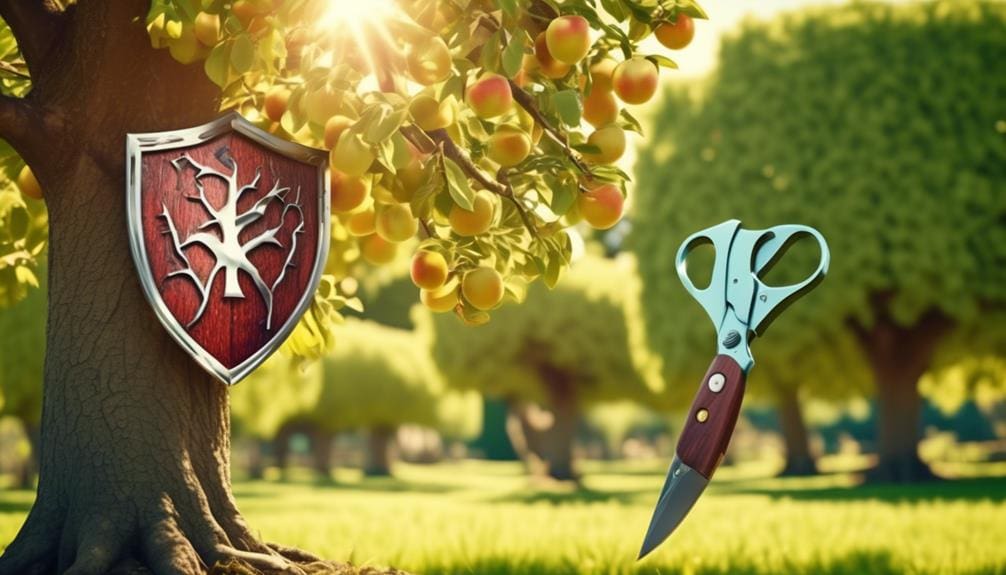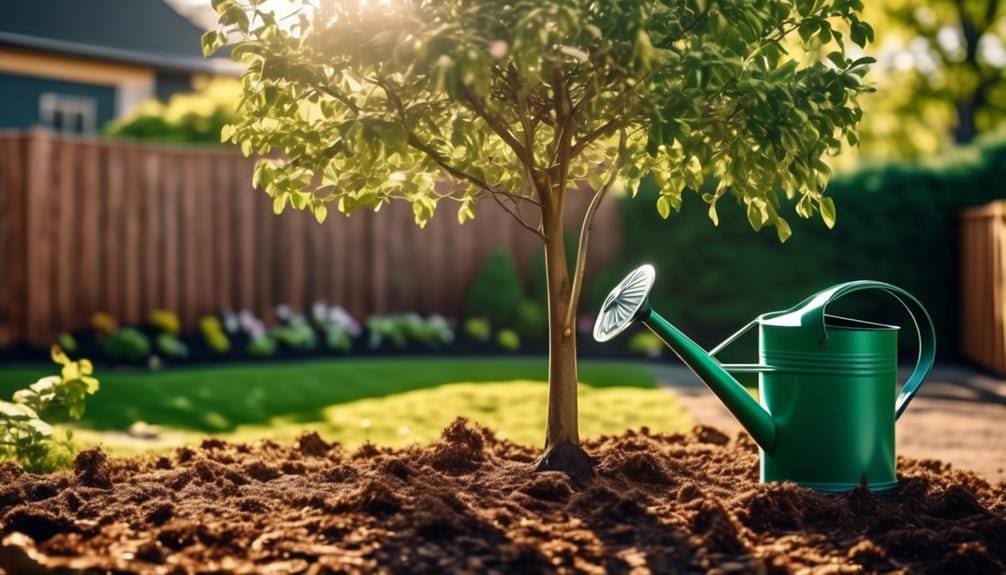Interviews with Experts
Prune Smart: Secrets to Tree Vitality
We’ve often heard that pruning is essential to a tree’s health, but what’s the real story behind the snips and cuts? As arborists and garden enthusiasts, we understand that there’s more to pruning than just hacking away at branches.
‘Prune Smart: Secrets to Tree Vitality’ unveils the intricate dance between maintaining natural form and encouraging robust growth. We’ll guide you through the whens, hows, and whys of proper pruning techniques that can prevent disease and promote vitality.
But as we lay out the tools of the trade and the subtle artistry involved, remember that each cut has the power to change a tree’s future. Stick with us to uncover how strategic pruning can become your garden’s silent ally in fostering healthy, beautiful trees that stand the test of time.
Key Takeaways
- Pruning in winter allows for clear visibility and effective trimming of branches.
- Sanitizing cutting tools is essential for preventing infections and promoting tree health.
- Removing weak branches and fostering a strong central leader are priorities for young willows.
- Thinning the canopy and spacing out branches improves light and air circulation for mature trees.
Understanding Pruning Basics
While many gardeners may overlook its importance, understanding the basics of pruning is crucial for maintaining the health and aesthetics of trees.
Pruning in winter halts new growth, letting us clearly see which branches to trim.
We need sanitized cutting tools, pruning shears, loppers, and safety gear for effective pruning.
Our strategy includes singling out weak branches, cutting root suckers, and disentangling intertwined branches.
We focus on fostering a strong central leader and removing damaged branches on young willows.
For mature trees, we prioritize the swift removal of broken branches, spacing out branches for better air circulation, and facilitating quick healing of cuts.
A well-used pruning saw is essential, especially for reaching the inner branches that affect overall tree health.
Seasonal Pruning Timing
Understanding the best timing for seasonal pruning is key to ensuring willow trees remain healthy and structurally sound throughout the year. Here’s what we need to consider:
- Early Spring:
- Ideal for pruning a tree before the rush of growth.
- Young willows: Shape the central leader and remove weak branches.
- Mature trees: Thinning the tree canopy for light and air.
Pruning during the dormant season allows us to meticulously remove unwanted growth without stressing the tree. It’s also the perfect time to sanitize our tools, a crucial step for freedom from disease. We meticulously analyze each branch, cutting back just beyond a bud with precision, empowering the tree to thrive and exhibit its natural grandeur.
Preventing Disease With Cuts


Having established the optimal timing for seasonal pruning, we now focus on the critical practice of preventing disease through careful cutting techniques. By sanitizing cutting tools before use and between cuts, we’re proactive in avoiding infections like Willow blight or scab. We prioritize removing damaged or weak branches, which are gateways for pathogens to invade and compromise tree health. Encouraging new growth and improving air circulation within the canopy, our precise cuts just beyond a leaf bud or twig hasten healing, thus preventing disease from gaining a foothold.
In our post-pruning care, a staunch commitment to cleanliness is non-negotiable. For larger projects, we rely on certified arborists, whose expert techniques safeguard against the spread of disease, embodying our ethos of freedom from the tyranny of tree ailments.
Tools for Effective Pruning
To ensure our pruning efforts are both safe and successful, it’s essential to select and properly maintain the appropriate tools. These include sanitized pruning shears, loppers, and handsaws, alongside essential safety gear like gloves and glasses.
- Sanitization:
- Prevents disease like Willow blight or scab
- Ensures clean cuts for trees’ response to heal
Selection:
- Loppers to remove weak branches
- Pruning shears to cut back unnecessary growth
- Saws to remove competing branches for better light and air
Maintenance:
- Sharp tools support new growth
- Regular care allows us to remove lower limbs safely
Choosing the correct tools early means we can effectively manage our trees’ health, giving us the freedom to cultivate a vibrant, thriving garden.
Post-Pruning Tree Care


After carefully pruning our trees, we must turn our attention to post-pruning care to safeguard their recovery and continued health. Applying a layer of mulch becomes crucial in maintaining robust health; it retains moisture, regulates temperature, and reduces weed competition. For young trees, this step is especially vital to ensure they’re not outcompeted for resources.
We mustn’t overlook the importance of hydration. Watering our trees regularly, particularly during dry spells, aids recovery and encourages the growth of new shoots. However, it’s essential to let the soil dry before watering again to prevent disease.
Fertilization with a balanced formula supports nutritional needs and promotes vigorous growth. Additionally, monitoring for and addressing any signs of stress or regrowth reduces the risk of future issues. These care tips are paramount for the vitality of our pruned trees.
Conclusion
In concluding, we’ve learned that smart pruning is crucial for a tree’s health and vigor.
Timely, strategic cuts prevent disease and boost growth, while the right tools ensure clean, efficient work.
After pruning, diligent care sustains the tree’s recovery.
By embracing these practices, we safeguard our trees’ structural integrity and aesthetic beauty, ensuring they thrive for years to come.
It’s clear that mastering the art of pruning is an investment in the vitality of our leafy companions.


Hello there! I’m Logan Foster, the green-thumbed social media marketer behind the vibrant world of 1800TreeGuy.com. With roots firmly planted in arboriculture, I’ve branched out to help clients cultivate their dream outdoor spaces, one leafy canopy at a time. My knack for nurturing nature is more than a profession—it’s a way of life.
When I’m not talking trees and teaching the art of arboreal care, you can find me cheering on the Bulldogs—my alma mater’s pride and my forever team. My environmental studies there didn’t just teach me about ecosystems; they instilled a lifelong passion for protecting our planet.
Off the clock, I’m an adventurer at heart. Whether it’s trekking the Appalachian trails, pedaling down a mountain path, or crafting guides to share the wonders of the wild, I’m happiest with soil under my nails and the sun on my face. And let’s not forget Yoda, my pug sidekick. He may not have mastered the art of stillness, but his joyful grins are my daily dose of happiness.
I’m all about making connections—between people and the great outdoors and between my clients and their ideal landscape visions. My approach is personal; every tree has a story, and every garden reflects its caretaker.
If you want to green your scene or share in my outdoor escapades, give me a shout on Instagram or Facebook. Let’s cultivate a conversation and grow a community rooted in a love for the lush life.







